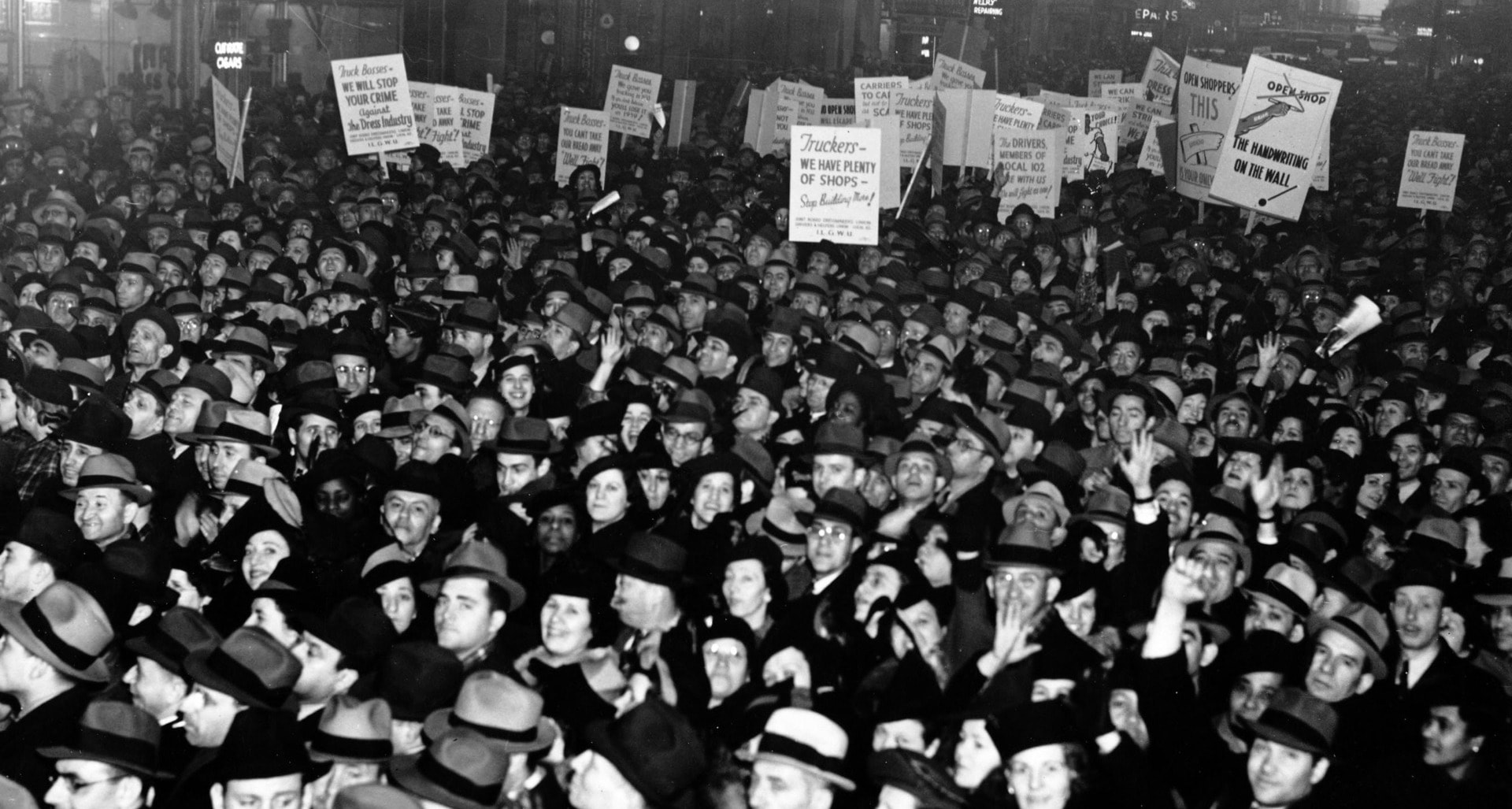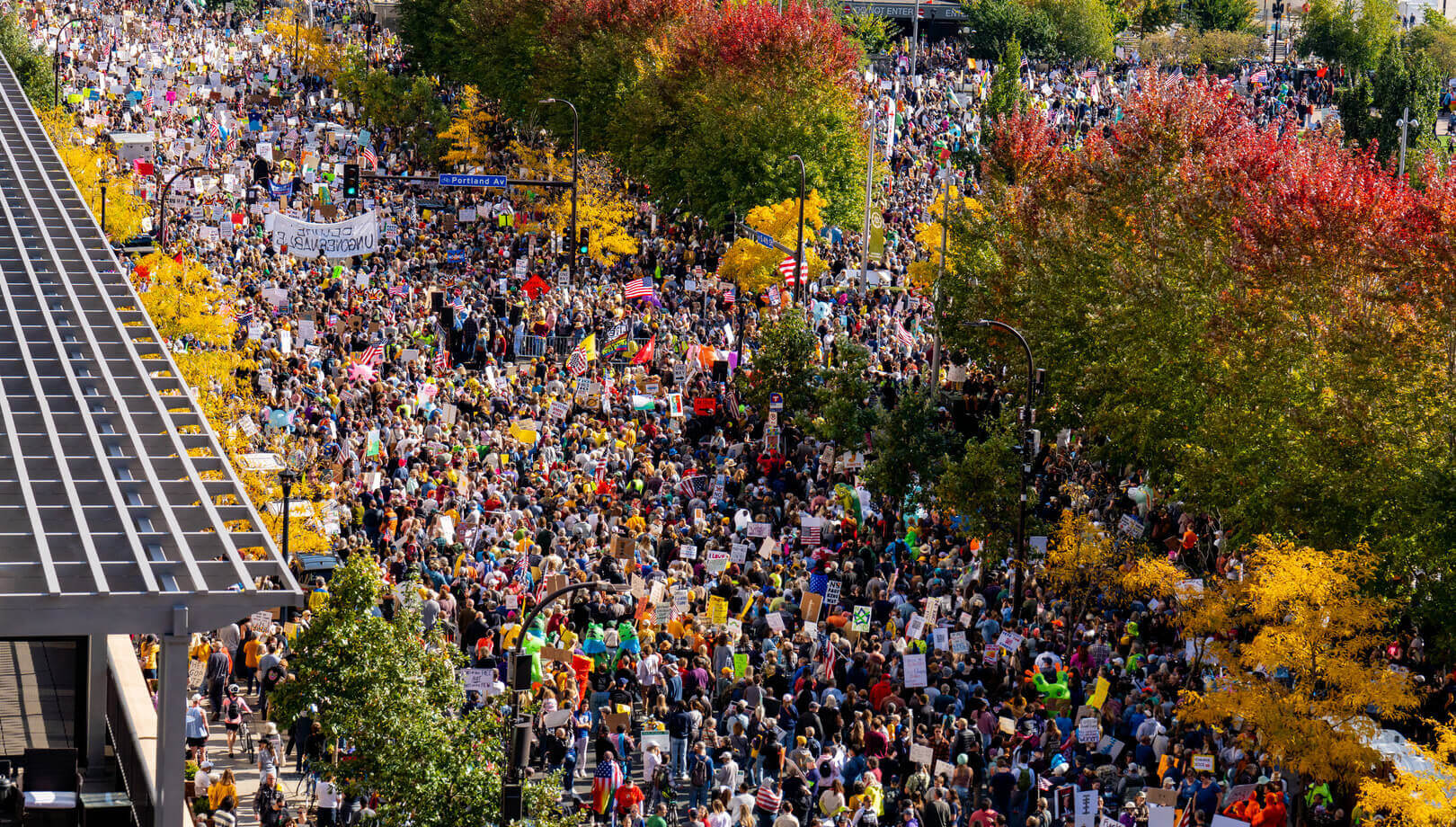Last month, I read an article on NPR that explored how voters with disabilities are fighting for more accessible polling places. Many people, all over the country, experience significant challenges voting because of accessibility even though there are laws and regulations that are intended to prevent such difficulties. As I began digging into the topic more, I found some concerning facts. I read stories of folks who could not access polling places because doors were not wide enough for their motorized wheelchairs, folks who could not read or see the ballot, folks who could not maneuver up a steep and unaccommodating ramp, and folks who were forced to say who they were voting for aloud to poll workers who made them feel embarrassed or judged.
How is this possible considering all the accessibility laws in place in the United States? Why is this happening since people with disabilities makeup ONE SIXTH of eligible voters in the 2016 election, totaling 35.4 MILLION people?
Well, it’s not supposed to happen in a country where persons with disabilities fought long and hard for decades for equal rights. There are individuals with disabilities in the United Sates that continue to have difficulty voting.
The reasons why disabled citizens are unable to vote is because many polling locations are held in old churches with steps, small bathrooms, and narrow entryways. Some polling places don’t have equipment for blind or hearing-impaired voters. Some polling places have not trained workers to be sensitive and informed to the needs of ALL voters. Because of these and other reasons, only 16 percent of polling locations were “fully accessible” during the 2000 election, 27 percent in the 2008 election.
Related article: “PRESIDENTIAL BIOETHICS: VALUING PRODUCT AND PROCESS“
Polling location accessibility is an issue that needs everyone’s attention because every citizen desires the right to vote. When voting, the only thing that a person should be contemplating is who to vote for rather the accessibility of the polling site? There are hard-won Federal laws that are supposed to protect the right to vote and encourage individuals with disabilities to vote:
- The Americans with Disabilities Act: Title II of the ADA requires that state and local governments ensure that people with disabilities have a “full and equal opportunity to vote.”
- The Voting Rights Act of 1965: requires election officials to allow disabled voters to receive assistance from someone of the voter’s choice like a friend or family member. The VRA also prohibits requiring that a citizen be literate in order to be able to vote.
- The Voting Accessibility for the Elderly and Handicapped Act of 1984: requires accessible polling locations for elderly and disabled persons and alternative arrangements when an accessible polling location is not available.
- The National Voter Registration Act of 1993: enhances voting opportunities for disabled Americans by increasing opportunities for registration at offices that provide public assistance and state-funded programs.
- The Help America Vote Act of 2002: requires polling locations to have at least one accessible polling booth, including accessibility for nonvisual or nonverbal voters.
Evidence indicates that these policies aren’t working as they were intended, and “one person who is denied the right to vote is one too many.”In 2012, “almost one-third of voters with disabilities reported difficulty in voting at a polling place, compared to 8.4 percent of voters without disabilities.”In a 2013 report by the U.S. Government Accountability Office, the GAO estimated that 73 percent of polling locations in 2008 had a “potential impediment.”
After our last election, we are facing the possibility of a president-elect who does not value equal rights to all American citizens. He ignorantly mimicked New York Times reporter, Serge Kovaleski, who has arthrogryposis, and referenced Oscar-winning actress, Marlee Matlin, a deaf woman, as “retarded” when she was on Mr. Trump’s show, “Celebrity Apprentice” in 2011.
It is with great anxiety that I wait to witness how Donald Trump will address the needs of disabled citizens. There is great doubt that we will see destigmatization of differently-abled people during this administration, nor will we probably see this issue make it to a list of top national priorities.
We need to think about the sheer numbers, and the power in those numbers—one in five Americans have a disability. It’s vital that we work together and demand accessibility so that all of our voices can be heard.
As an American citizen, we assume that our federal laws will protect our civil rights. This assumption is not always the case. We need to recognize our government is flawed, but we have to work under our current political situation. Our goal as Americans should be to hold accountable our policy makers, and continue to bring the importance of protecting the rights of the differently-abled to the powers to be.
For more information on how you can help, check out these organizations: AAPD, Rooted in Rights, and the Disability Visibility Project.
Recommended reading: “A MAN ON A MISSION: GIVE A TRUE COUNT OF THE TOLL OF MENTAL ILLNESS”
_ _
EDITOR’S NOTE: THE OPINIONS EXPRESSED HERE BY IMPAKTER.COM COLUMNISTS ARE THEIR OWN, NOT THOSE OF IMPAKTER.COM
H/t: NPR














